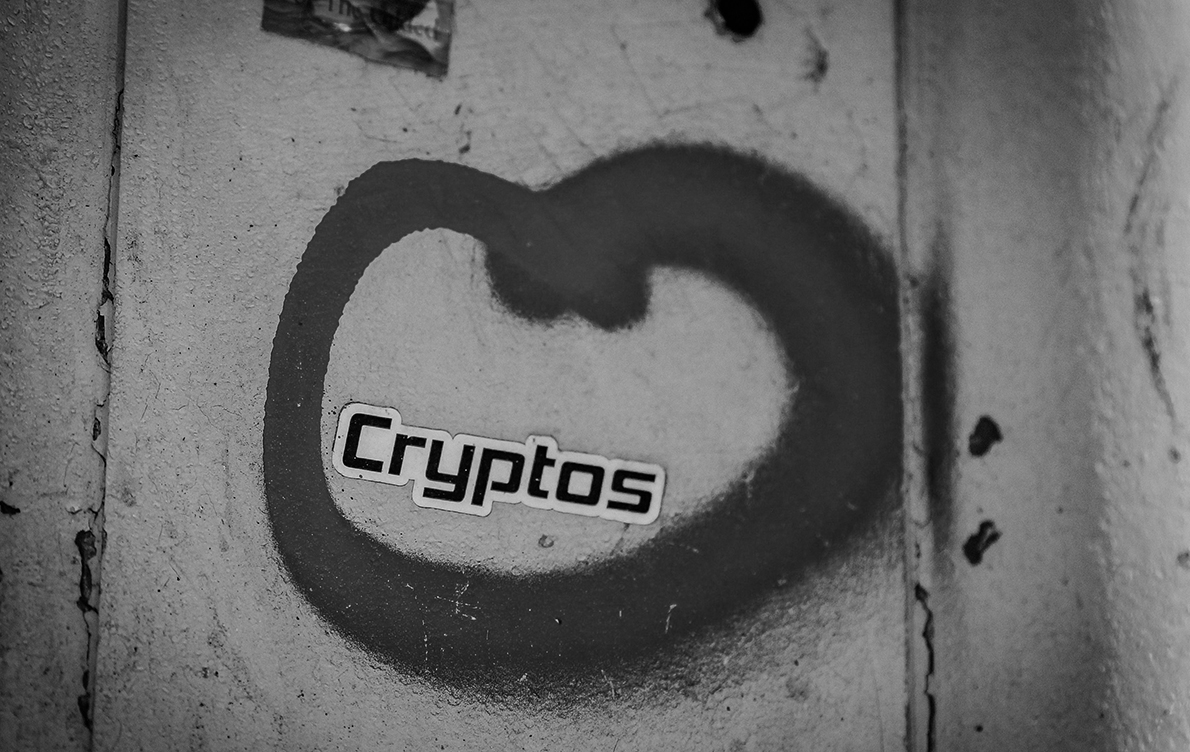Patenting Blockchain Technology
Walmart’s U.S. patent application involving blockchain technology is one of many blockchain-based patent applications that have been filed by large companies smitten with blockchain technology. Published May 17, 2018, but filed November 16, 2017, the application is based on a provisional patent filing in November 2016. In its application, Walmart seeks to patent a blockchain-based marketplace where buyers and resellers of products can leverage blockchain technology’s immutability and security to record characteristics of retail goods and the transactions involving those goods. The application has not yet been examined, and must undergo prosecution which is highly likely to change the scope of any patent ultimately granted, if at all. Until allowed, it is difficult to predict the impact any patent granted from this application may have on competitors and industries seeking to similarly leverage blockchain-based marketplaces.
The blockchain technology originally used to code the Bitcoin blockchain is not patentable because it is not actually “new.” However, customized variations of the original Bitcoin code and other decentralized systems that employ similar technologies may be patentable. General ledger methods and hardware to record and track characteristics and transactions relating to good and services are ancient. Even computer-aided ledger methods and hardware (e.g., centralized databases) are decades old. Blockchains, although more recently developed, have generally been known and practiced since the inception of the Bitcoin blockchain’s open, albeit pseudonymous, ledger in 2009. Accordingly, the maturity of blockchain technology generally renders the basic Bitcoin blockchain unable to pass the novelty and nonobviousness requirements for patentability. Nonetheless, blockchain technology is being increasingly customized to specific uses, some of which may qualify for patent protection.
Blockchains are digital databases that use cryptography to secure records, or “blocks,” of information. Each block is timestamped and includes a record of the blocks that preceded it. The database is decentralized over a network of computers and the information in each block, including the historical information, may only be tampered with if an actor gains control of 51% of the computers in the network. This ensures the integrity of information on blockchains by making hacking economically inefficient and extremely difficult. Blockchains can not only store basic information, such as a record of transactions of digital money like Bitcoin, but can also use the information to function as a computer and perform tasks. These automated processes are commonly known as “smart contracts.” Smart contracts and the security and immutability of blockchains facilitate large-scale automation and remove the need for trusted third parties to verify transfers and ownership of goods and information.
Blockchain technology is promising. Corporations like Walmart are racing to file patents covering specific blockchain structures and applications to secure competitive advantages going forward. Additionally, corporations may file blockchain patents as marketing ploys to create buzz for their business, especially because blockchain infrastructures are difficult to scale for commercial operability. Amid the hype and hysteria, it is important to understand what a blockchain patent covers and how to protect your company’s proprietary rights.
As the law continues to evolve on these matters, please note that this article is current as of date and time of publication and may not reflect subsequent developments. The content and interpretation of the issues addressed herein is subject to change. Cole Schotz P.C. disclaims any and all liability with respect to actions taken or not taken based on any or all of the contents of this publication to the fullest extent permitted by law. This is for general informational purposes and does not constitute legal advice or create an attorney-client relationship. Do not act or refrain from acting upon the information contained in this publication without obtaining legal, financial and tax advice. For further information, please do not hesitate to reach out to your firm contact or to any of the attorneys listed in this publication.
Join Our Mailing List
Stay up to date with the latest insights, events, and more






